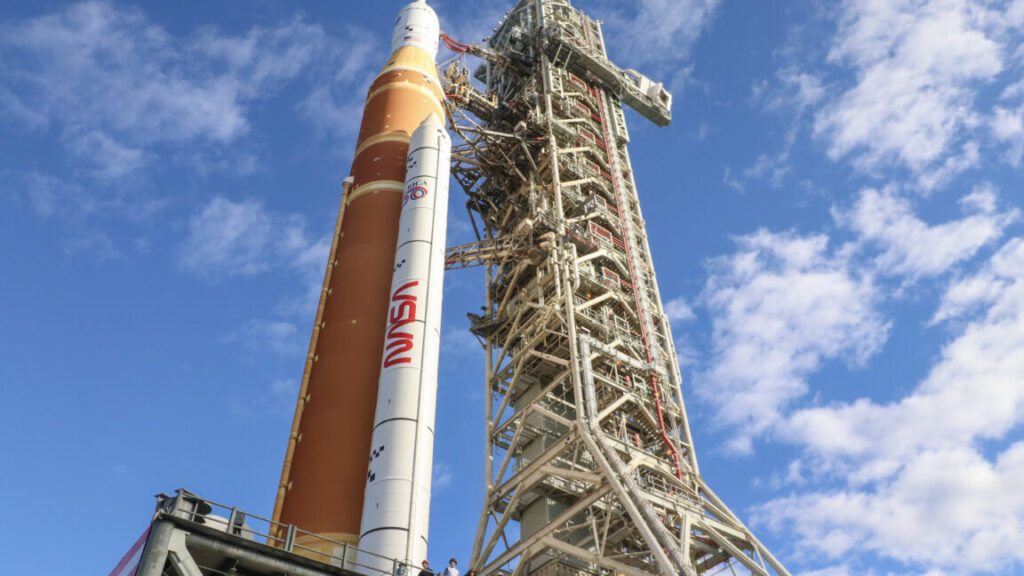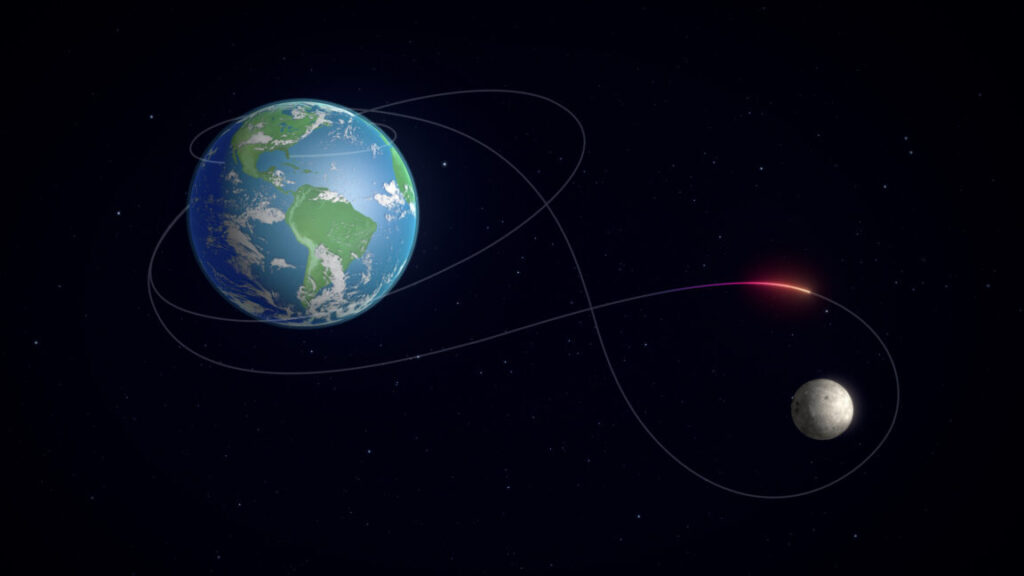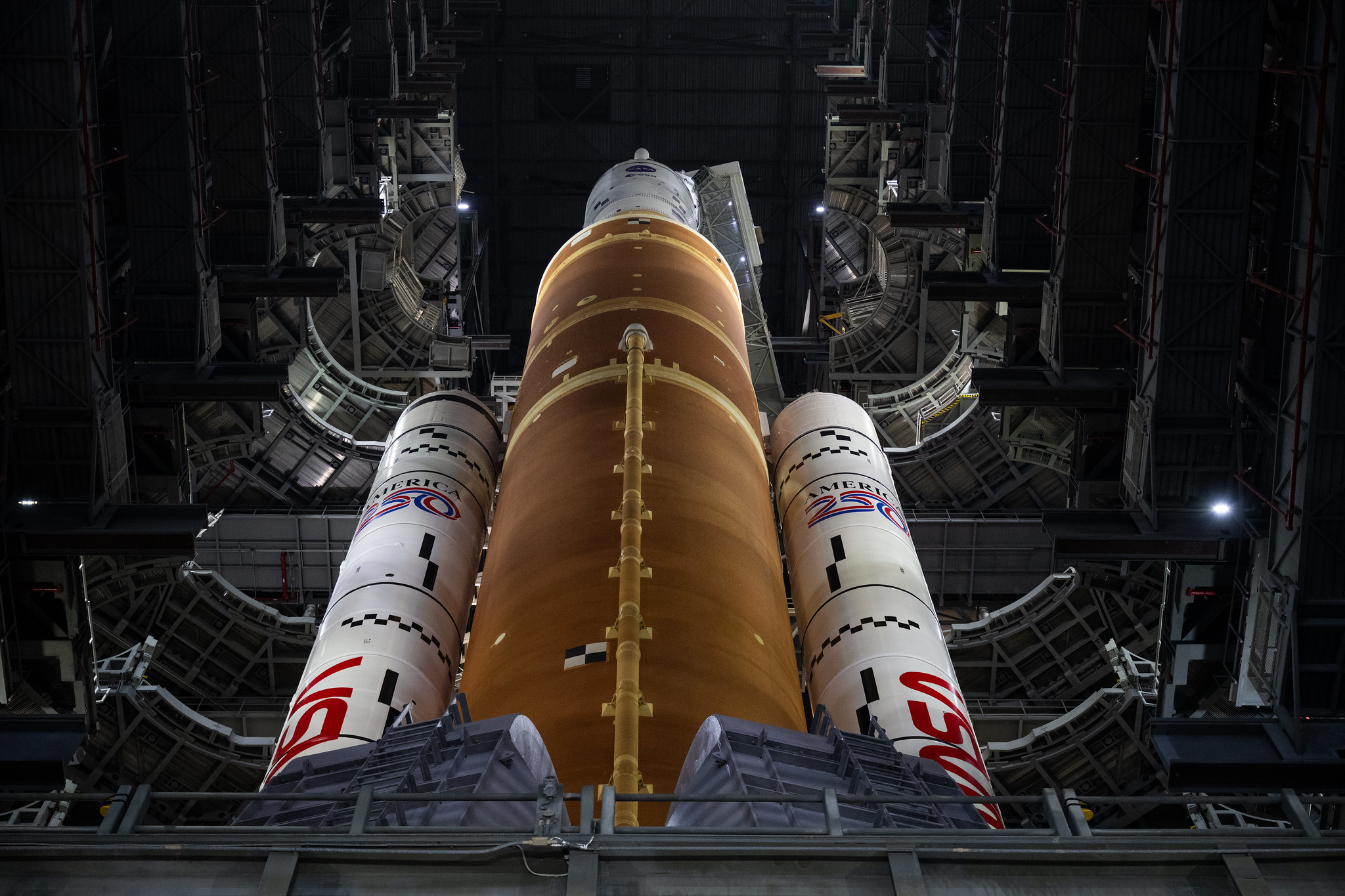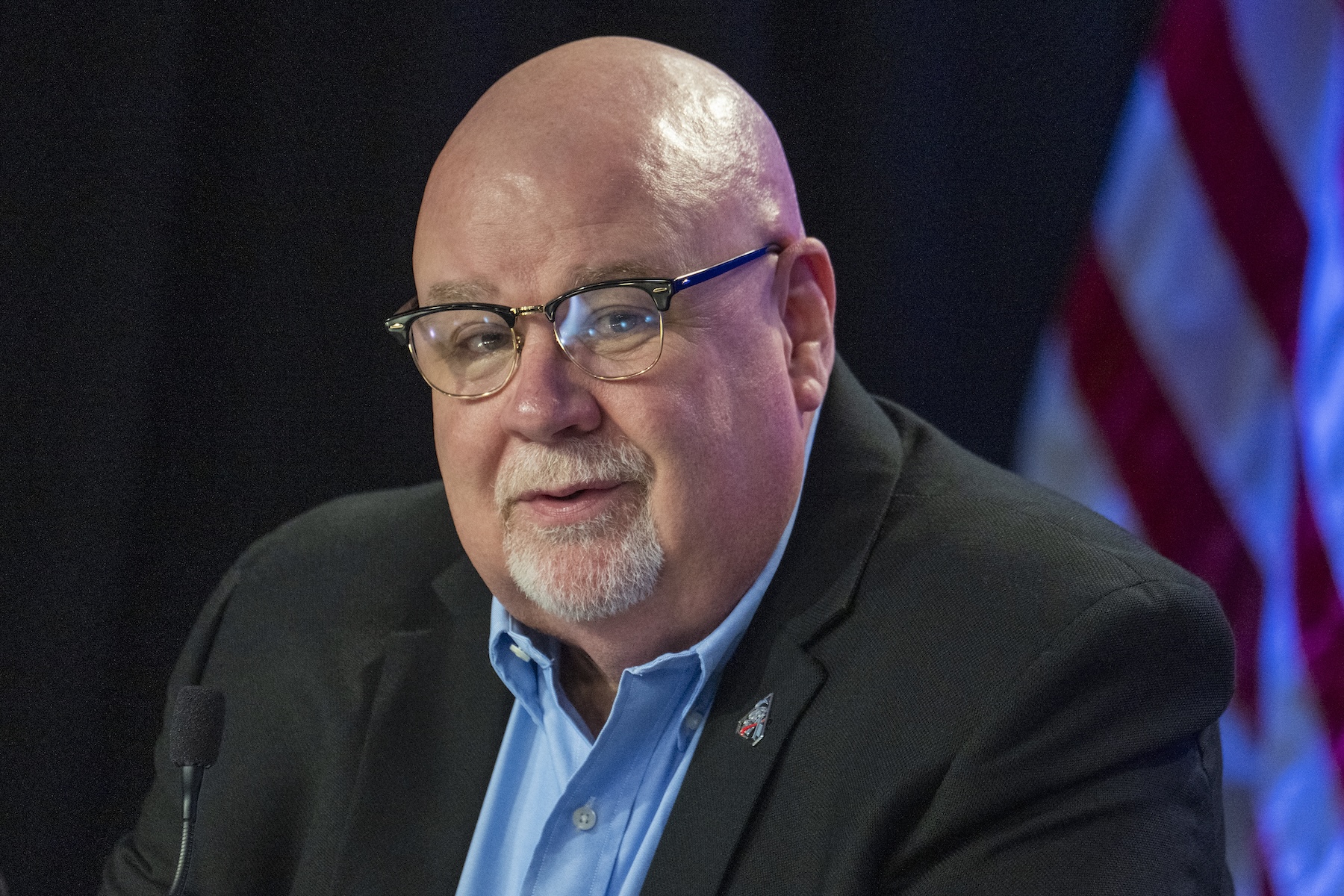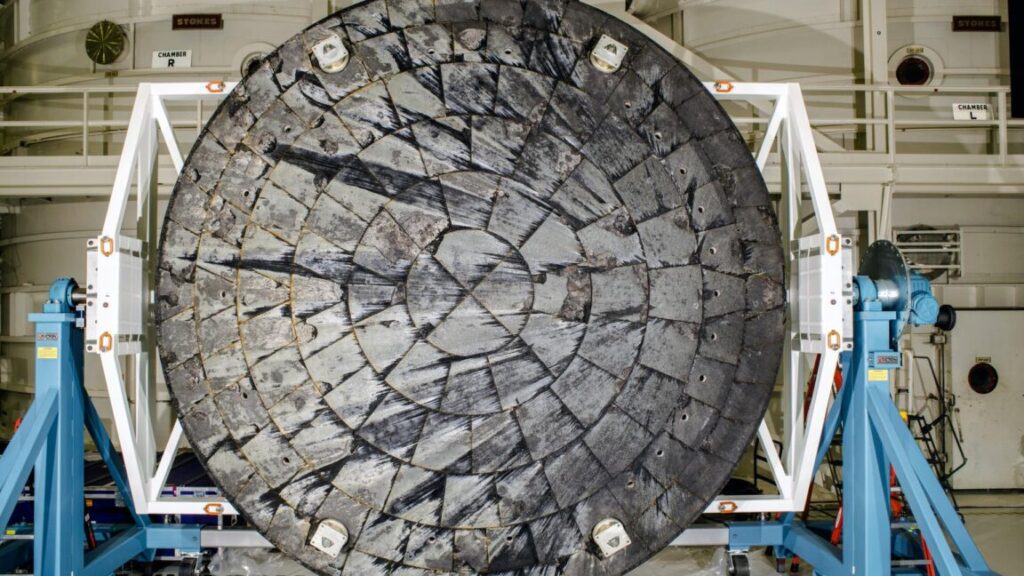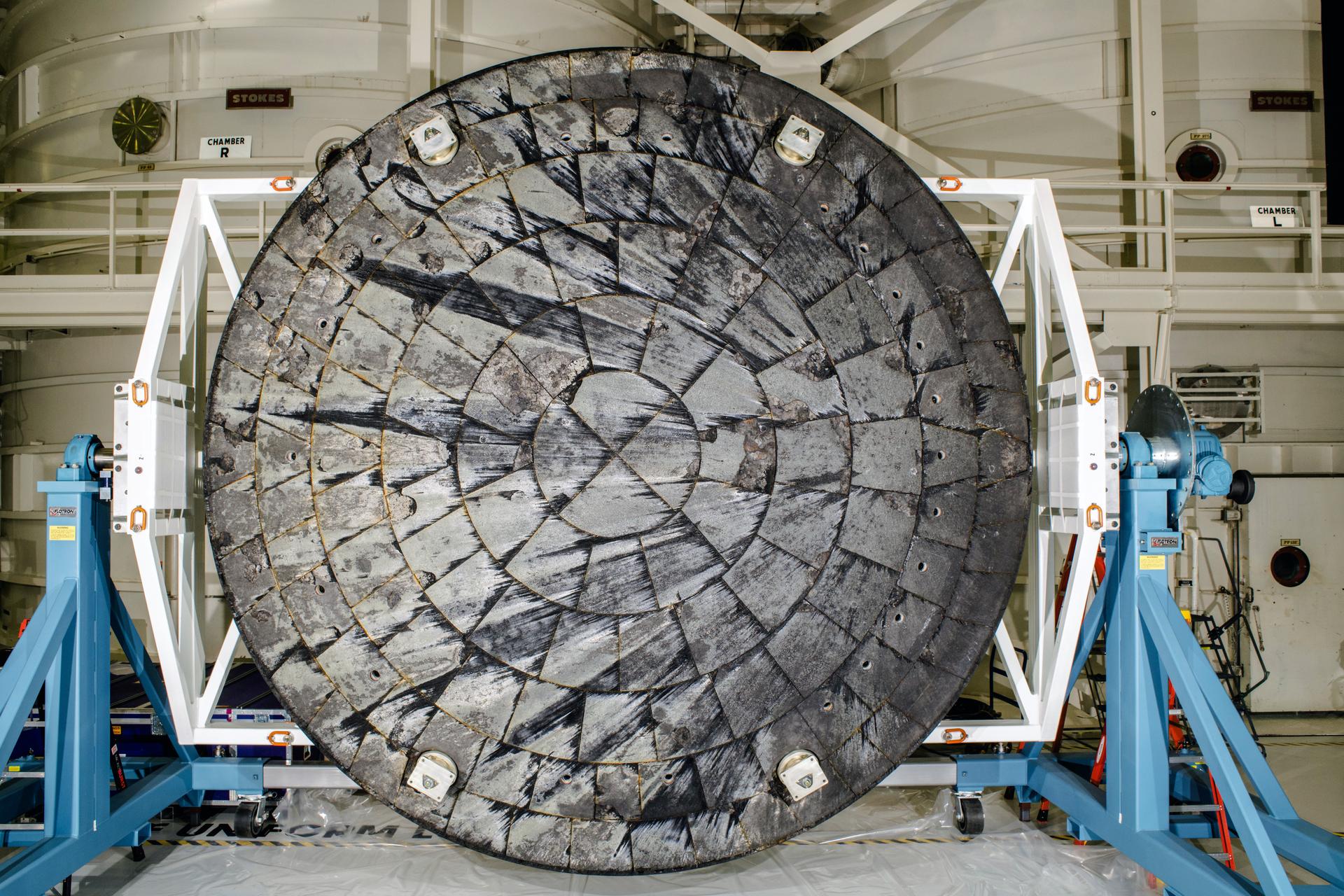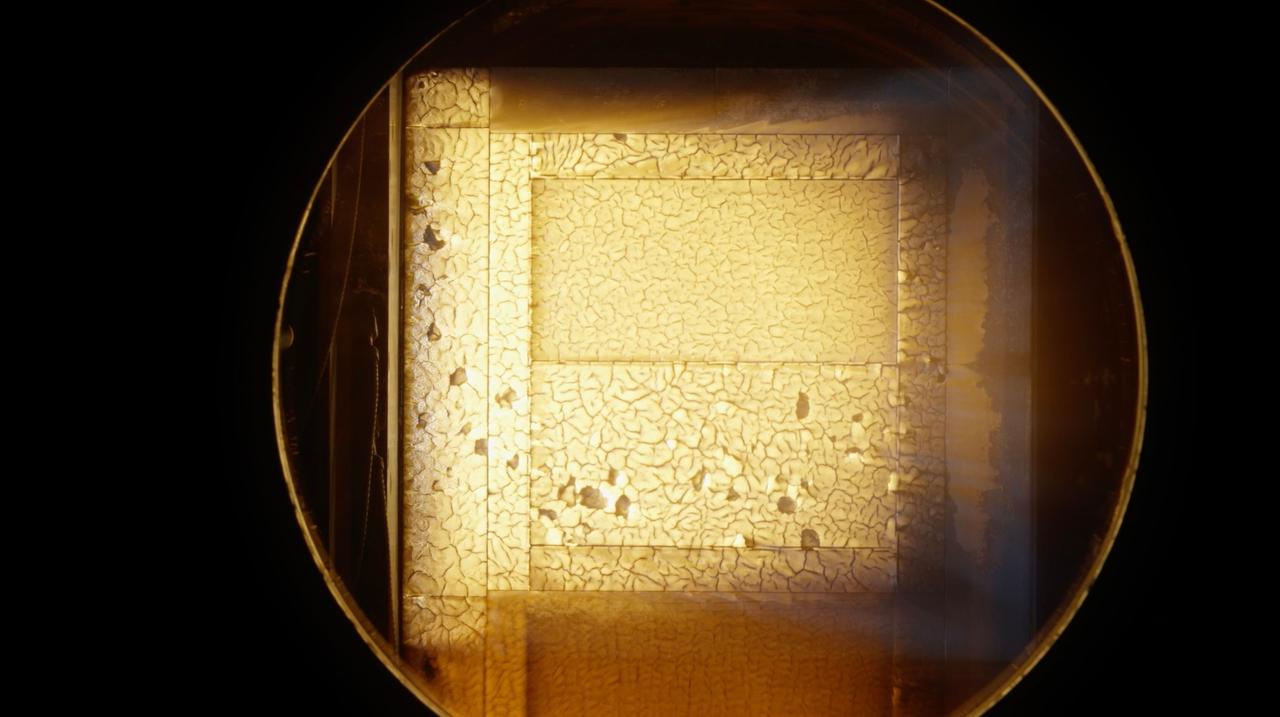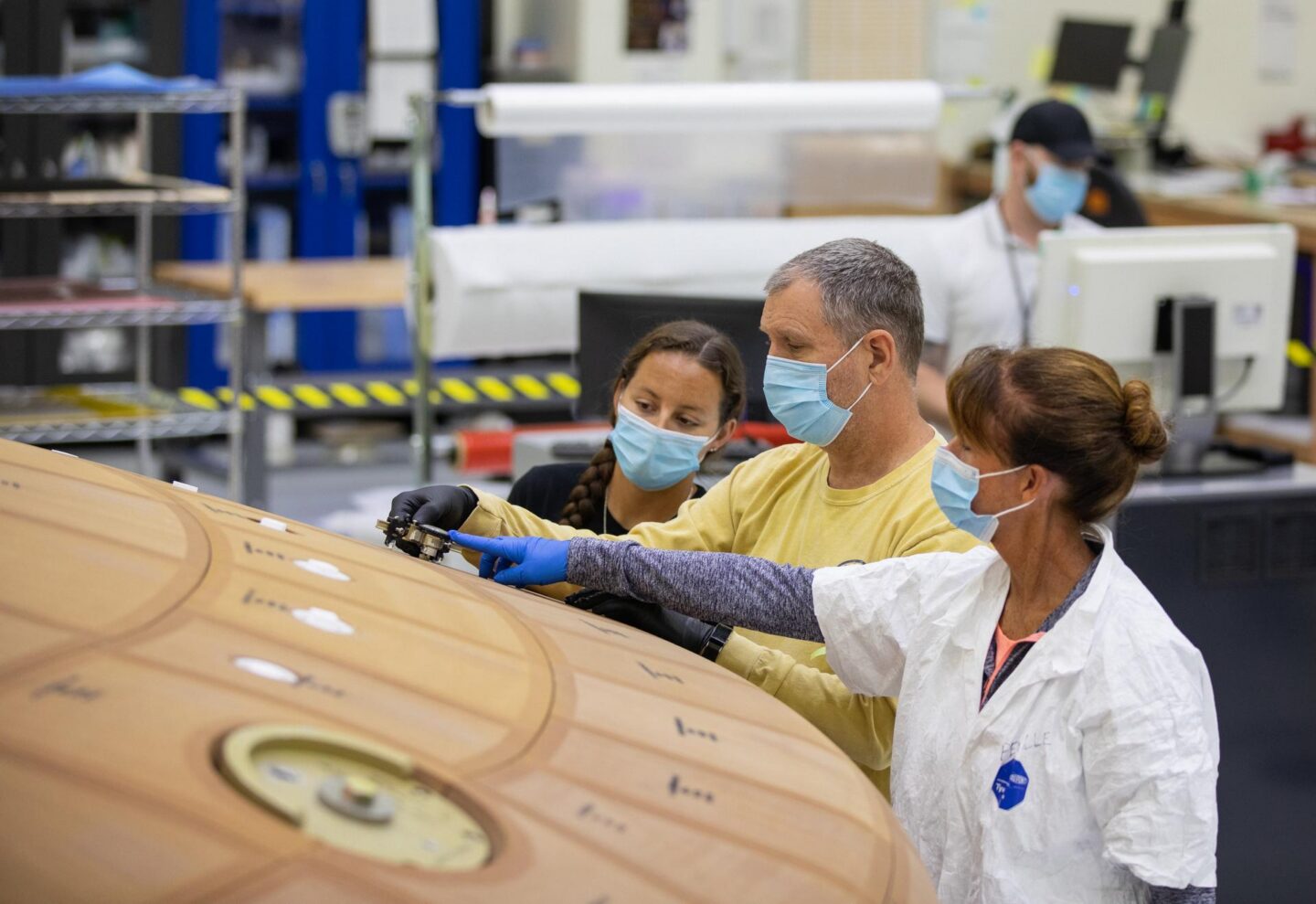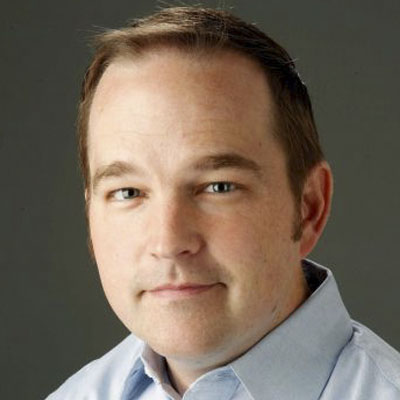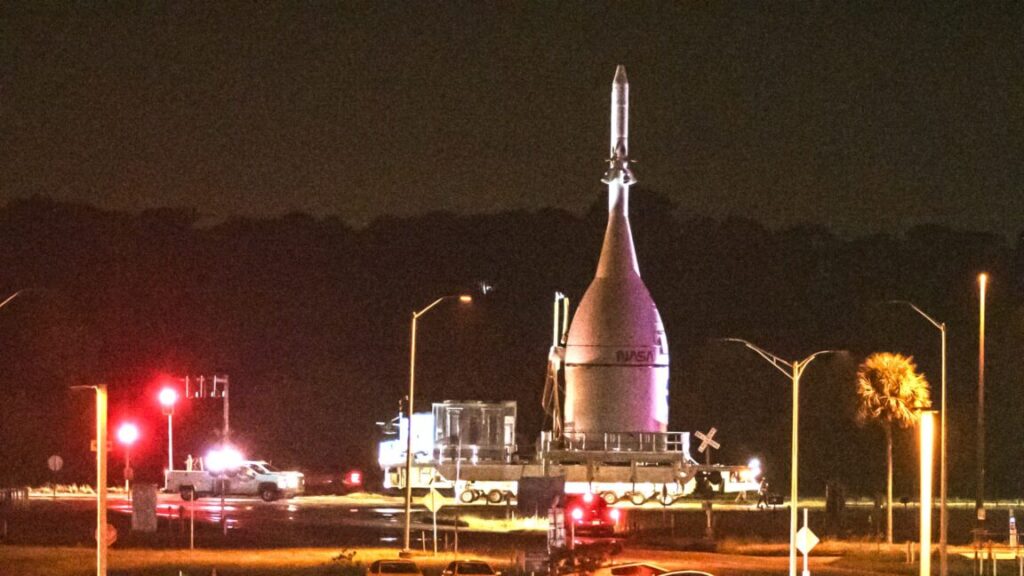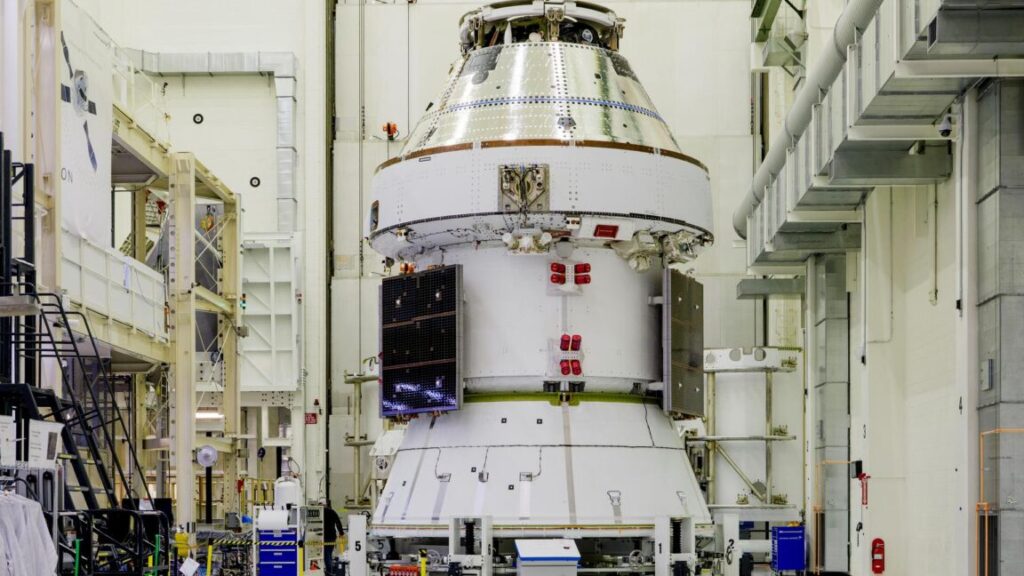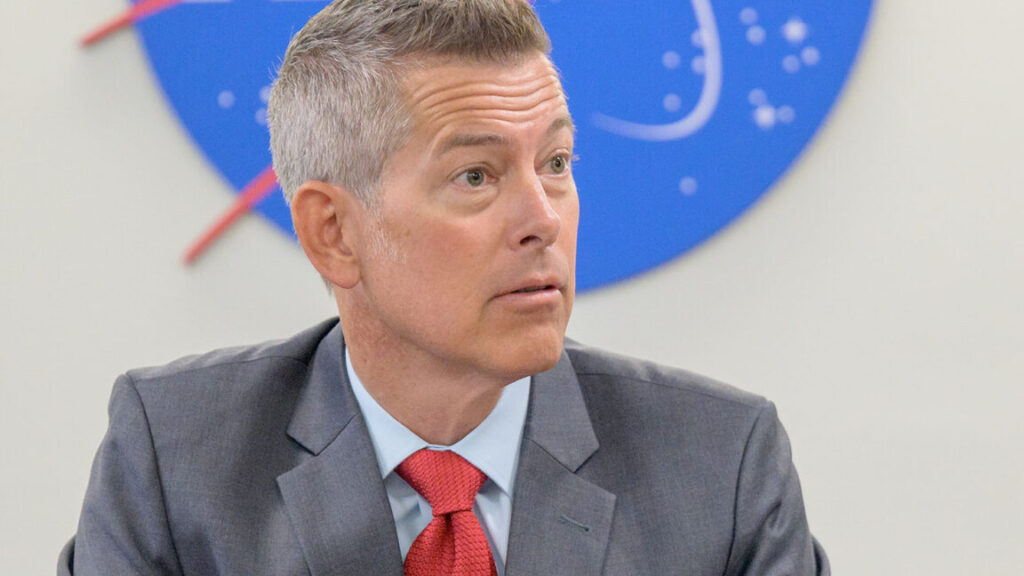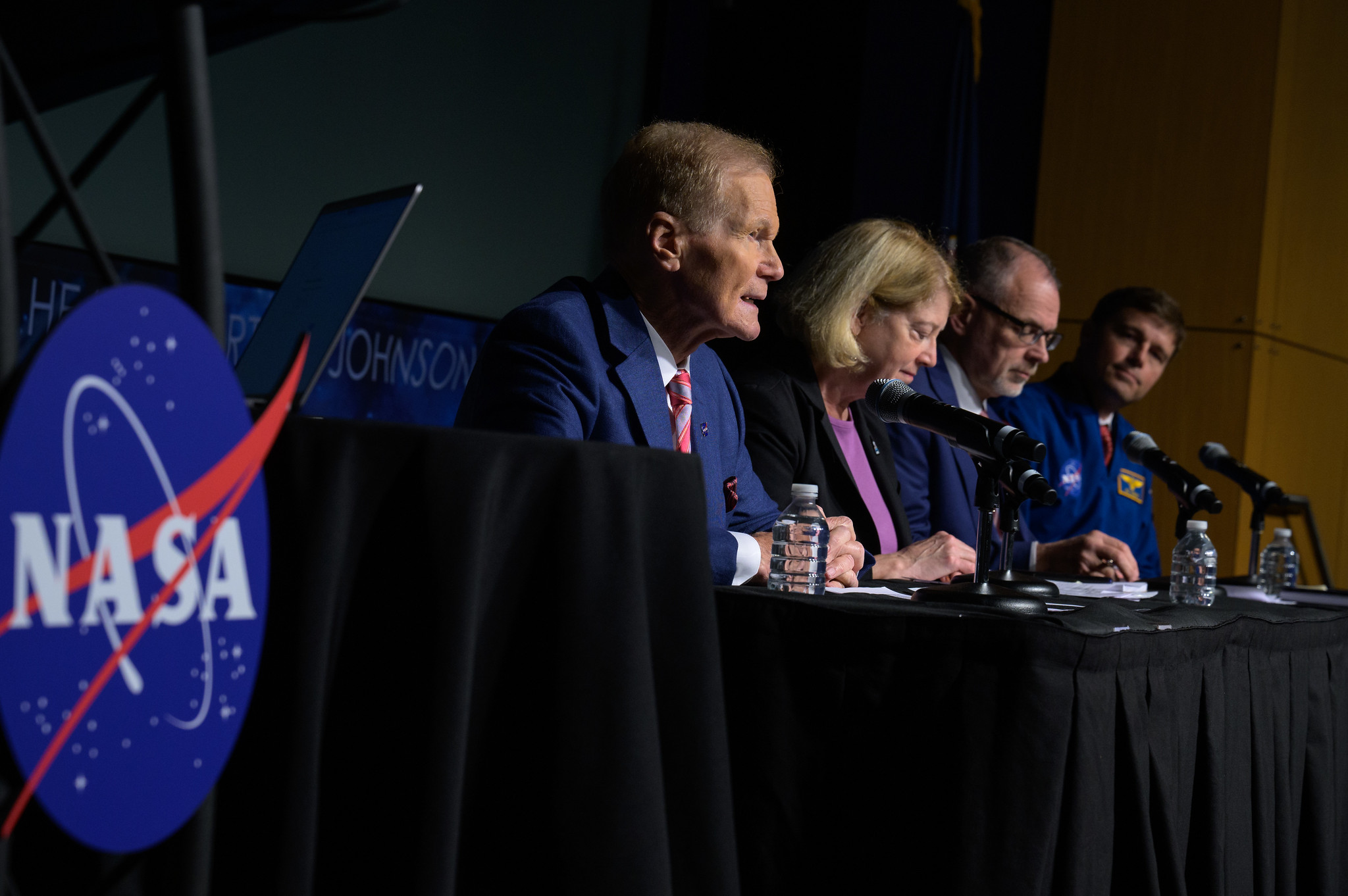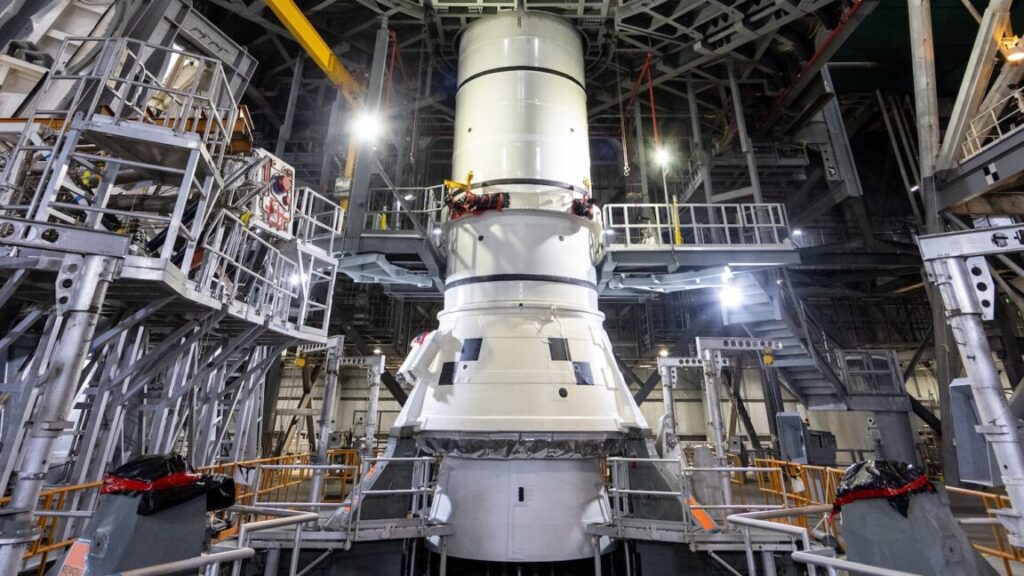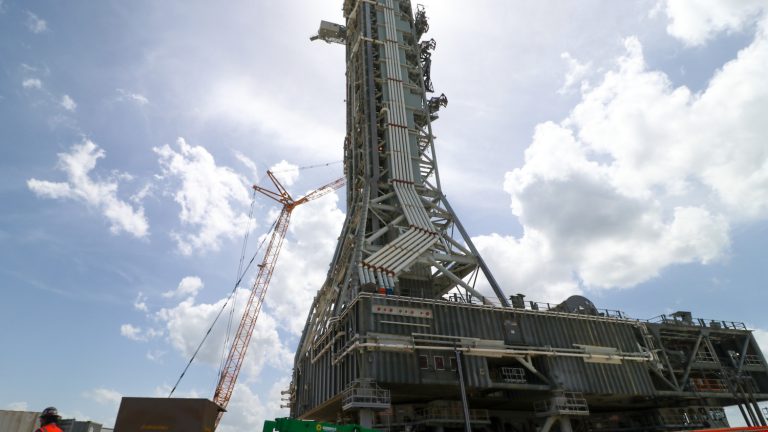The fastest human spaceflight mission in history crawls closer to liftoff
After a remarkably smooth launch campaign, Artemis II reached its last stop before the Moon.
NASA’s Space Launch System rocket rolls to Launch Complex 39B on Saturday. Credit: Stephen Clark/Ars Technica
KENNEDY SPACE CENTER, Florida—Preparations for the first human spaceflight to the Moon in more than 50 years took a big step forward this weekend with the rollout of the Artemis II rocket to its launch pad.
The rocket reached a top speed of just 1 mph on the four-mile, 12-hour journey from the Vehicle Assembly Building to Launch Complex 39B at NASA’s Kennedy Space Center in Florida. At the end of its nearly 10-day tour through cislunar space, the Orion capsule on top of the rocket will exceed 25,000 mph as it plunges into the atmosphere to bring its four-person crew back to Earth.
“This is the start of a very long journey,” said NASA Administrator Jared Isaacman. “We ended our last human exploration of the moon on Apollo 17.”
The Artemis II mission will set several notable human spaceflight records. Astronauts Reid Wiseman, Victor Glover, Christina Koch, and Jeremy Hansen will travel farther from Earth than any human in history. They won’t land. That distinction will fall to the next mission in line in NASA’s Artemis program.
But the Artemis II astronauts will travel more than 4,000 miles beyond the far side of the Moon (the exact distance depends on the launch date), setting up for a human spaceflight speed record during their blazing reentry over the Pacific Ocean a few days later. Koch will become the first woman to fly to the vicinity of the Moon, and Hansen will be the first non-US astronaut to do the same.
“We really are ready to go,” said Wiseman, the Artemis II commander, during Saturday’s rollout to the launch pad. “We were in a sim [in Houston] for about 10 hours yesterday doing our final capstone entry and landing sim. We got in T-38s last night and we flew to the Cape to be here for this momentous occasion.”
The rollout began around sunrise Saturday, with NASA’s Space Launch System rocket and Orion capsule riding a mobile launch platform and a diesel-powered crawler transporter along a throughway paved with crushed Alabama river rock. Employees, VIPs, and guests gathered along the crawlerway to watch the 11 million-pound stack inch toward the launch pad. The rollout concluded about an hour after sunset, when the crawler transporter’s jacking system lowered the mobile launch platform onto pedestals at Pad 39B.
Hitting the launch window
The rollout keeps the Artemis II mission on track for liftoff as soon as next month, when NASA has a handful of launch opportunities on February 6, 7, 8, 10, and 11.
The big milestone leading up to launch day will be a practice countdown or Wet Dress Rehearsal (WDR), currently slated for around February 2, when NASA’s launch team will pump more than 750,000 gallons of super-cold liquid hydrogen and liquid oxygen into the rocket. NASA had trouble keeping the cryogenic fluids at the proper temperature, then encountered hydrogen leaks when the launch team first tried to fill the rocket for the unpiloted Artemis I mission in 2022. Engineers implemented the same fixes on Artemis II that they used to finally get over the hump with propellant loading on Artemis I.
So, what are the odds NASA can actually get the Artemis II mission off the ground next month?
“We’ll have to have things go right,” said Matt Ramsey, NASA’s Artemis II mission manager, in an interview with Ars on Saturday. “There’s a day of margin there for weather. There’s some time after WDR that we’ve got for data reviews and that sort of thing. It’s not unreasonable, but I do think it’s a success-oriented schedule.”
The Moon has to be in the right position in its orbit for the Artemis II launch to proceed. There are also restrictions on launch dates to ensure the Orion capsule returns to Earth and reenters the atmosphere at an angle safe for the ship’s heat shield. If the launch does not happen in February, NASA has a slate of backup launch dates in early March.
Ars was at Kennedy Space Center for the rocket’s move to the launch pad Saturday. The photo gallery below shows the launcher emerging from the Vehicle Assembly Building, the same facility once used to stack Saturn V rockets during the Apollo Moon program. The Artemis II astronauts were also on hand for a question and answer session with reporters.
Around the clock
The first flight of astronauts on the SLS rocket and Orion spacecraft is running at least five years late. The flight’s architecture, trajectory, and goals have changed multiple times, and technical snags discovered during manufacturing and testing repeatedly shifted the schedule. The program’s engineering and budgetary problems are well documented.
But the team readying the rocket and spacecraft for launch has hit a stride in recent months. Technicians inside the Vehicle Assembly Building started stacking the SLS rocket in late 2024, beginning with the vehicle’s twin solid-fueled boosters. Then ground teams added the core stage, upper stage, and finally installed the Orion spacecraft on top of the rocket last October.
Working nearly around the clock in three shifts, it took about 12 months for crews at Kennedy to assemble the rocket and prepare it for rollout. But the launch campaign inside the VAB was remarkably smooth. Ground teams shaved about two months off the time it took to integrate the SLS rocket and Orion spacecraft for the Artemis I mission, which launched on the program’s first full-up unpiloted test flight in 2022.
“About a year ago, I was down here and we set the rollout date, and we hit it within a day or two,” said Matt Ramsey, NASA’s mission manager for Artemis II. “Being able to stay on schedule, it was a daily grind to be able to do that.”
Engineers worked through a handful of technical problems last year, including an issue with a pressure-assisted device used to assist the astronauts in opening the Orion hatch in the event of an emergency. More recently, NASA teams cleared a concern with caps installed on the rocket’s upper stage, according to Ramsey.
The most significant engineering review focused on proving the Orion heat shield is safe to fly. That assessment occurred in the background from the perspective of the technicians working on Artemis II at Kennedy.
The Artemis II team is now focused on activities at the launch pad. This week, NASA plans to perform a series of tests extending and retracting the crew access mark. Next, the Artemis II astronauts will rehearse an emergency evacuation from the launch pad. That will be followed by servicing of the rocket’s hydraulic steering system.
The big question mark
All of this leads up to the crucial practice countdown early next month. The astronauts won’t be aboard the rocket for the test, but almost everything else will look like launch day. The countdown will halt around 30 seconds prior to the simulated liftoff.
It took repeated tries to get through the Wet Dress Rehearsal for the Artemis I mission. There were four attempts at the countdown practice run before the first actual Artemis I launch countdown. After encountering hydrogen leaks on two scrubbed launch attempts, NASA performed another fueling test before finally successfully launching Artemis I in November 2022.
The launch team repaired a leaky hydrogen seal and introduced a gentler hydrogen loading procedure to overcome the problem. Hydrogen is an extremely efficient fuel for rockets, but its super-cold temperature and the tiny size of hydrogen molecules make it prone to leakage. The hydrogen feeds the SLS rocket’s four core stage engines and single upper stage engine.
“Artemis I was a test flight, and we learned a lot during that campaign getting to launch,” said Charlie Blackwell-Thompson, NASA’s Artemis II launch director. “The things that we’ve learned relative to how to go load this vehicle, how to load LOX (liquid oxygen), how to load hydrogen, have all been rolled in to the way in which we intend to load the Artemis II vehicle.”
NASA is hesitant to publicly set a target launch date until the agency gets through the dress rehearsal, but agency officials say a February launch remains feasible.
“We’ve held schedule pretty well getting to rollout today,” Isaacman said. “We have zero intention of communicating an actual launch date until we get through wet dress. But look, that’s our first window, and if everything is tracking accordingly, I know the teams are prepared, I know this crew is prepared, we’ll take it.”
“Wet dress is the driver to launch,” Blackwell-Thompson said. “With a wet dress that is without significant issues, if everything goes to plan, then certainly there are opportunities within February that could be achievable.”
One constraint that threw a wrench into NASA’s Artemis I launch campaign is no longer a significant factor for Artemis II. On Artemis I, NASA had to roll the rocket back to the Vehicle Assembly Building (VAB) after the wet dress rehearsal to complete final installation and testing on its flight termination system, which consists of a series of pyrotechnic charges designed to destroy the rocket if it flies off course and threatens populated areas after liftoff.
The US Space Force’s Eastern Range, responsible for public safety for all launches from Florida’s Space Coast, requires the flight termination system be retested after 28 to 35 days, a clock that started ticking last week before rollout. During Artemis I, technicians could not access the parts of the rocket they needed to in order to perform the retest at the launch pad. NASA now has structural arms to give ground teams the ability to reach parts higher up the rocket for the retest without returning to the hangar.
With this new capability, Artemis II could remain at the pad for launch opportunities in February and March before officials need to bring it back to the VAB to replace the flight termination system’s batteries, which still can’t be accessed at the pad.
The fastest human spaceflight mission in history crawls closer to liftoff Read More »
